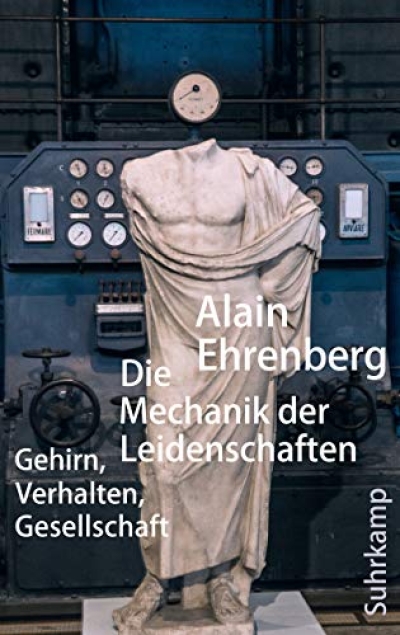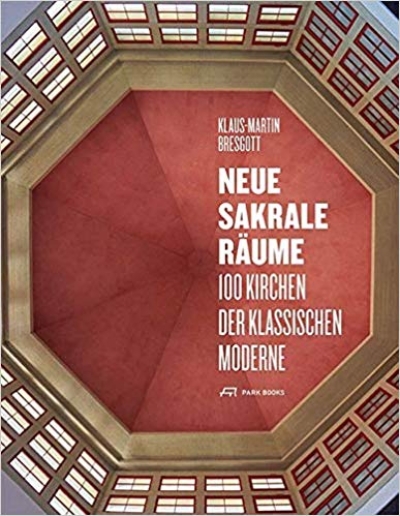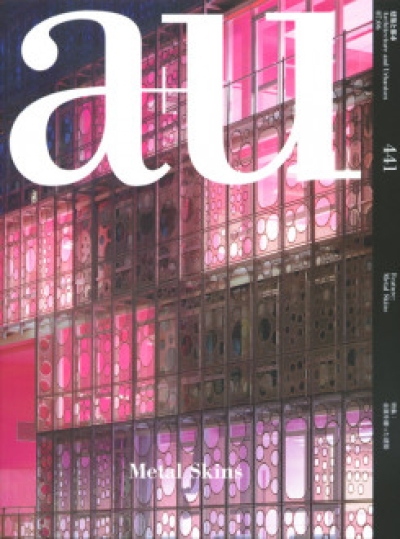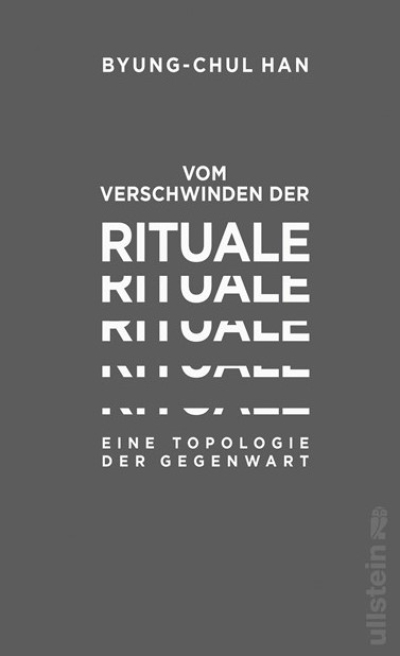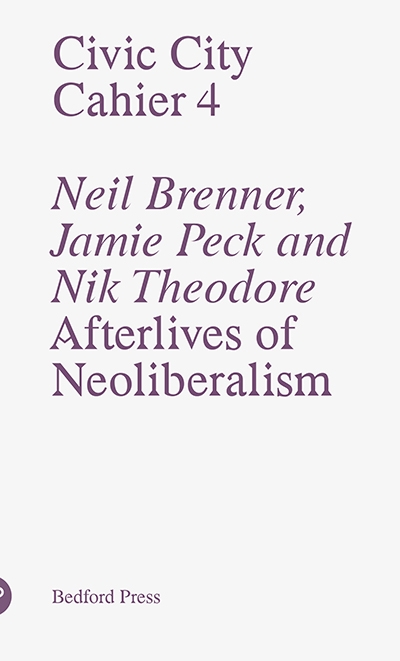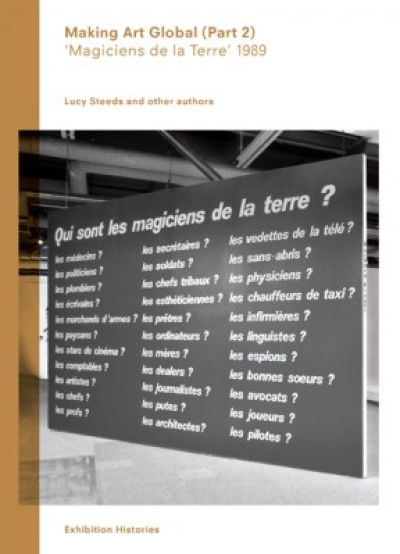
Making Art Global (Part 2). Magiciens de la Terre 1989
With a main essay by Lucy Steeds and including 107 colour images and 28 black and white. Additional contributions by Pablo Lafuente and Jean-Marc Poinsot, previously unpublished essays by Jean-Hubert Martin and Gayatri Spivak, responses from Frédéric Bruly Bouabré, Alfredo Jaar and Barbara Kruger, and archival texts by Rasheed Araeen, Jean Fisher and Thomas McEvilley.
In 1989, an exhibition in Paris united the work of over a hundred artists and, since only half would be described as Western, it radically challenged the Western art system from within. ‘Magiciens de la Terre’ argued for the universality of the creative impulse and endeavoured to offer direct aesthetic experience of contemporary works of art made globally and presented on equal terms. Photographs and gallery plans reconstruct the exhibition in detail, and an essay by Lucy Steeds provides an extended examination of its history, context and choices. A new essay by Jean-Marc Poinsot looks at the discursive legacy, while another by Pablo Lafuente inscribes 'Magiciens de la Terre' within the wider history of exhibition practice. Additional texts include a programmatic statement by curator Jean-Hubert Martin, and an interview with Benjamin Buchloh addressing his plans right before the opening. These are accompanied by responses from the time by Rasheed Araeen, Jean Fisher and Thomas McEvilley, as well as a previously unpublished paper Gayatri Chakravorty Spivak presented at the colloquium that accompanied the exhibition. Recent reassessments of the show by participating artists Frédéric Bruly Bouabré, Alfredo Jaar and Barbara Kruger are also included. This title is a companion to Making Art Global (Part 1): The Third Havana Biennial 1989.
The Exhibition Histories series investigates exhibitions that have shaped the way contemporary art is experienced, made and discussed.
Published by Afterall Books in association with the Academy of Fine Arts Vienna, the Center for Curatorial Studies, Bard College and Van Abbemuseum. Distributed by Koenig Books, London.
out of print























































